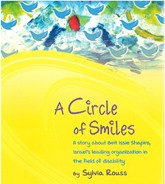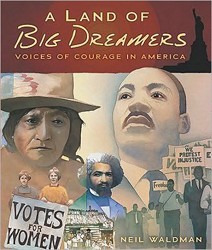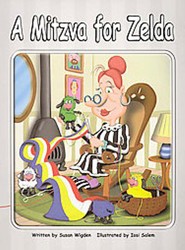By
– March 2, 2012
Personal narratives and testimony help us piece together the stories and events of the Holocaust, whose lethal fingers reached into almost every corner of Europe. However, diaries and letters have an immediacy that is shocking in their honesty, suspense, and irony. Hidden Letters, originally published in Dutch in 1999, is a treasure trove of 86 letters and postcards that a young Jewish man, Flip (Philip) Slier, wrote from April 25 to Sept. 14, 1942, in the labor camp of Molengoot in northeastern Netherlands. In a letter dated June 3, 1942, Flip wrote: “Pa, you can safely keep the letters. Put them in a corner somewhere, nobody will notice.” He was very much mistaken. Because Flip was still a teenager while in Molengoot, his early letters read rather like letters from summer camp. He writes about pranks, like playing ghost or throwing water on someone’s bed. Underneath the light tone, however, one can sense a young man who worked terribly hard, who was provided with inadequate food and clothing, who was trying to stay cheerful for his parents’ sakes. Little did he know that these camps were holding pens for Westerbork transit camp, and ultimately to concentration camps like Auschwitz and Sobibor. Hidden Letters is not only a collection of letters written by Flip Slier, as heartrending as they are. The editors accompany their extensive annotations with over 200 photographs, maps, documents, realia (like stamps, ration cards, coins, stickers), posters, a family tree, lists of people mentioned, as well as thorough bibliographical references and an illustrated index. All this detailed information reflects the anguish and courage of the people of occupied Holland. Flip’s ordeal is placed in a broader historical context through relevant articles, for example, the Jewish council in Amsterdam, Mauthausen concentration camp, and Sobibor. The design of this book is stunning. The layout of letters, photos, and other documents is logical and attractive; the margins, generous; the fonts, clear and readable. Another book about young people incarcerated in German labor camps, entitled Sala’s Gift, by Ann Kirschner, is an engrossing narrative. This one is a fascinating documentary. Both are heartbreaking and inspiring.
Anne Dublin is the teacher-librarian at Holy Blossom Temple in Toronto, Canada and an award-winning author of books for children and young adults. Her latest book is June Callwood: A Life of Action (Second Story Press, 2006).




